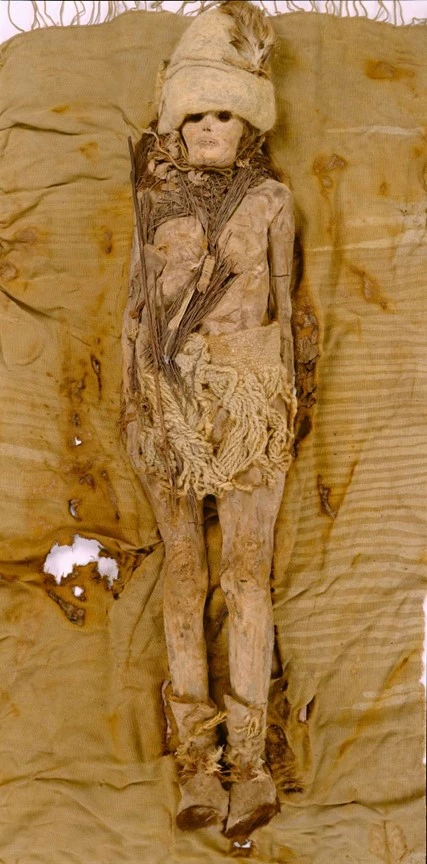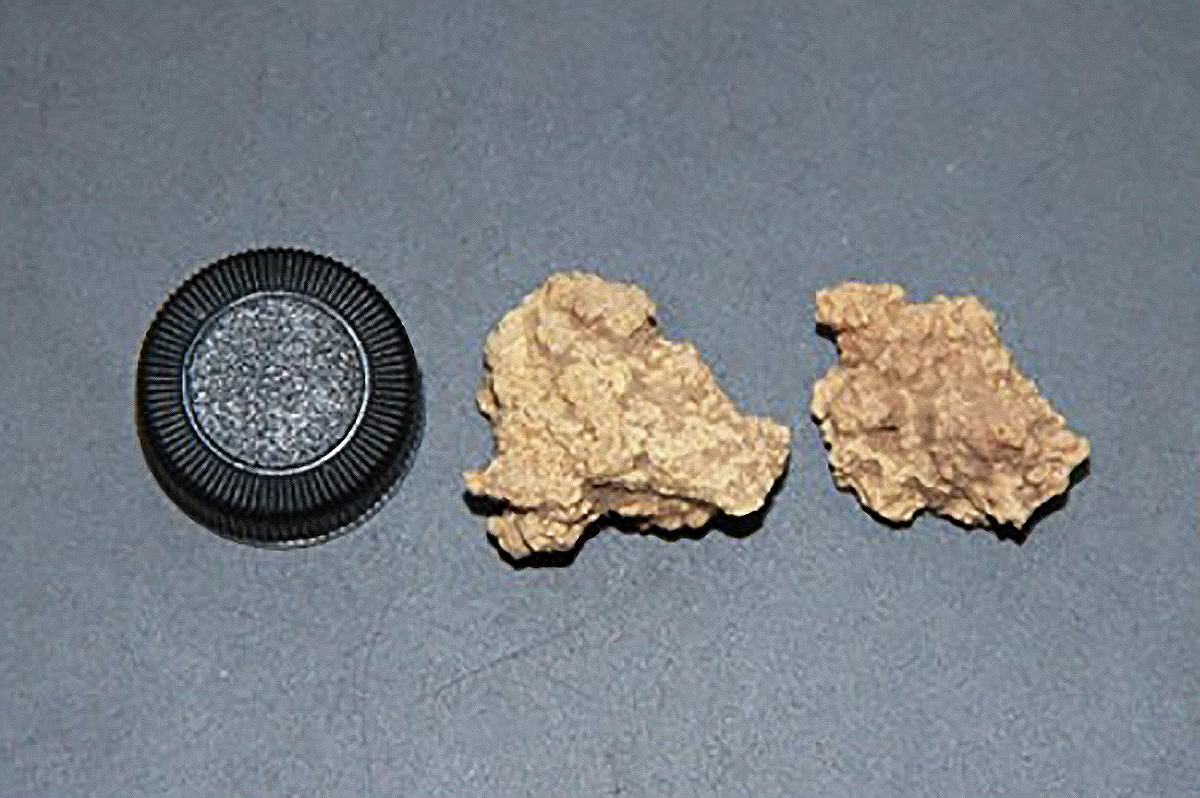Bizarre clumps of organic matter found buried alongside Bronze Age mummies in northwestern China have now been identified as cheese. After a decade's work, DNA analysis has finally uncovered its origins, making it the most ancient cheese ever found, dating back around 3,600 years.
Researchers from the Chinese Academy of Sciences (CAS) made this discovery after sampling and analyzing DNA from the clumps found preserved next to the bodies of the Tarim Basin mummies, who were first discovered in the early 20th century and were buried in the region that is now modern-day Xinjiang.

“This is the oldest known cheese sample ever discovered in the world,” says corresponding author Qiaomei Fu, from the Institute of Vertebrate Paleontology and Paleoanthropology at CAS. “Food items like cheese are extremely difficult to preserve over thousands of years, making this a rare and valuable opportunity. Studying the ancient cheese in great detail can help us better understand our ancestors’ diet and culture.”
And it's not just any cheese – cow and goat DNA, as well as the bacterium Lactobacillus kefiranofaciens, has indicated that these clumps were in fact kefir cheese, providing insight into the history and evolution of probiotics and human health. L. kefiranofaciens is still a key microorganism in kefir soft cheeses. The researchers also identified the microscopic fungal species Pichia kudriavzevii, which is a type of yeast found in kefir grains today.
These kefir grains contain a host of probiotic bacteria and yeast, which is key in fermenting milk to produce kefir products that have been studied for their health impacts, particularly in the areas of the immune and gastrointestinal systems, as well as metabolic regulation.
“Our observation suggests kefir culture has been maintained in Northwestern China’s Xinjiang region since the Bronze Age,” Fu said.
In modern-day kefir production, there are two main Lactobacillus bacteria groups, one from Russia – which is predominantly used today – and another from Tibet. Through phylogenetic research, the scientists traced the mummies' cheese microorganisms as being most closely related to the Tibetan strain. Until now, it was believed kefir originated in North Caucasus, yet this Bronze Age cheese discovery predates the timeline that has Russia at the center of where this fermented product was first made.
“This is an unprecedented study, allowing us to observe how a bacterium evolved over the past 3,000 years," said Fu. "Moreover, by examining dairy products, we’ve gained a clearer picture of ancient human life and their interactions with the world."
As to how the cheese ended up entombed with these mummies, that mystery may remain unsolved. However, advances in DNA analysis over the past decade is opening the door to many more fascinating discoveries in existing fossil records.
“This is just the beginning, and with this technology, we hope to explore other previously unknown artefacts," Fu added.
The research was published in the journal Cell.
Source: Chinese Academy of Sciences via Scimex





